Gardening is growing and cultivating various types of plans depending on what you want to get from them. It could be ornamental plants for flowers or foliage, for consumption such as root and leaf vegetables as well as fruits and herbs, or to be used for dyes, medicine, or cosmetics.
Gardening is fun because it may involve only one type of plant or a variety, however, it could be labor-intensive. It requires that you make time to do it well and you also have to be organized.
Read through this article to learn some of the tips to help you save gardening time, as well as enjoy it including trying out artificial grass in Toronto.
1. Go For Plants That Self-Sow
These are known as annuals meaning they need to be planted every year. Quite a number of these kinds of plants are self-sow. This saves you the time you would have spent sowing and money to purchase the seeds. Even though self-sowing happens anywhere and not where you choose, it brings about a beautiful combination of plants that you didn’t anticipate.
2. Do Mass Planting
Look for ground covers that you like and plant them in masses. Plant the same way about two to three times so that your space looks coordinated. Planting this way saves you time and is easier. It’ll provide you with a less busy but peaceful plant area.
3. Choose Easy-To-Grow-Vegetables
Some vegetables take a longer time to grow than others like cabbage which is usually affected by cabbage worms. You’ll need to watch them time after time, and provide the required pesticides to guard against the worms. Instead, plant vegetables that need less maintenance like potatoes and tomatoes. Less maintenance means less time required to look after the plants.
4. Mulch As Much As You Can
Make use of materials like woodchips or compost which slowly release nutrients to the soil making it have a better structure. Mulching also makes the soil ecosystem healthier thus promoting the growth of plants meaning you need not do so much to provide nutrients. Mulch also prevents the growth of weeds thus saving you time to remove them.
5. Put Together Plants That Have The Same Moisture Needs
Prepare beds and put plants that have the same watering needs so that you can water them at the same time. Doing this saves you time to do the watering now and then.
6. Ensure That Your Gardening Tools Are Well Maintained
Ensure to clean up your tools all the time after use to make them last longer and also make sure they are sharp so that they work better. It’s also good to invest in knee pads or kneeling mats so that you don’t strain as you work. Being comfortable makes you work fast and efficiently.
7. Invest In Winter-Proof Plant Containers
Containers made of concrete and fiberglass of good quality are the best options because they can be used in all seasons. Invest in such containers to save you the time to have to put them away during winter and bring them back after the season is over.
8. Make Use Of Power Tools
These are tools like hedge trimmers or hole digging tools that you can use for extensive work or regular tasks because they work faster. You’ll spend less time drilling holes and plants. It works even better when you have someone to help you in the garden. One person drills the holes as the other plants.
9. Cultivate Perennial Plants
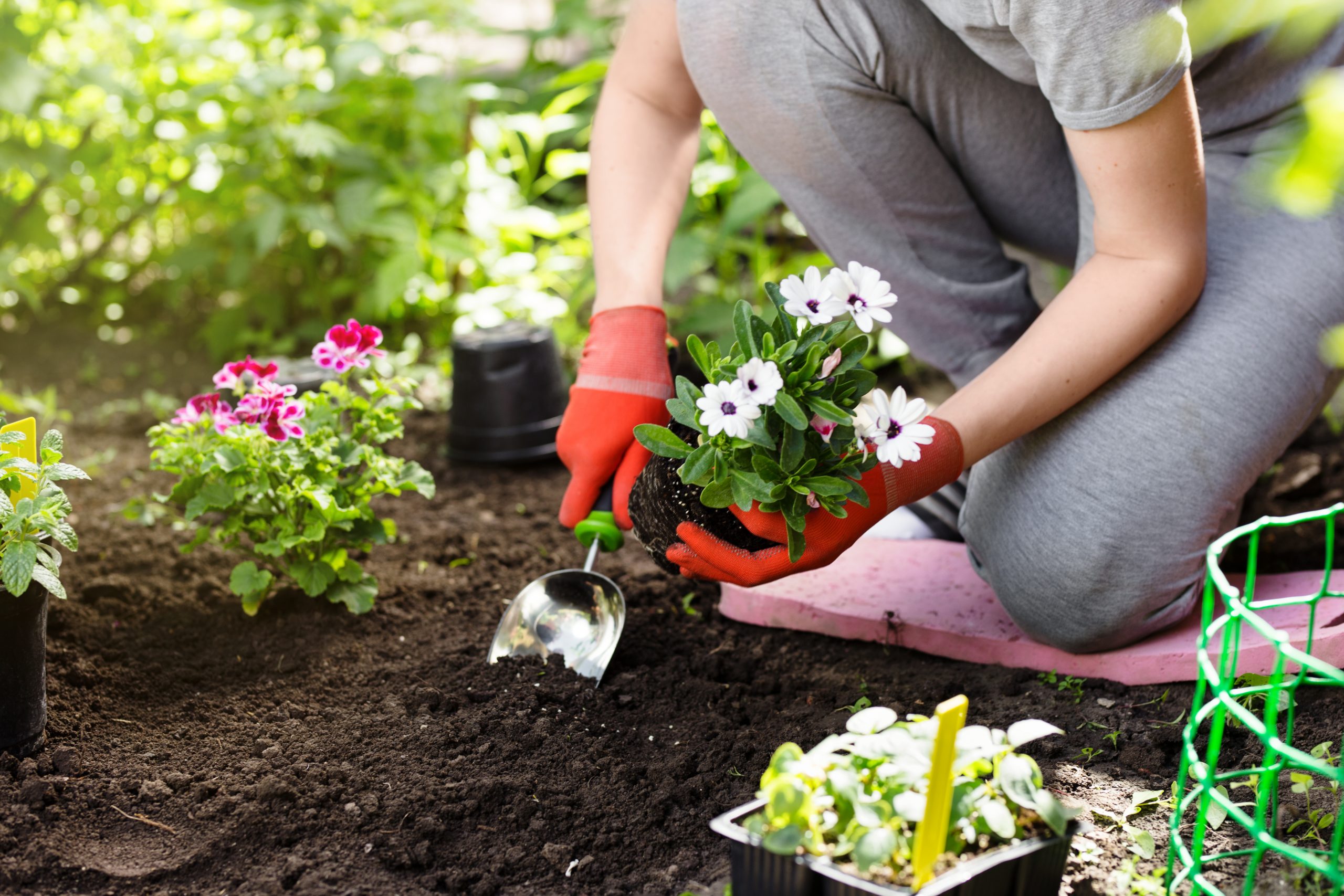
Gardener planting flowers in the garden, close up photo
These are plants that come back every year meaning that you don’t have to plant again in large areas. Examples of perennial plants are asparagus, kales, thyme, and lemon balm.
10. Pick Slow-Growing Hedging Plants
You can choose slow-growing hedging plants because as the name suggests, they take a long time to grow which means you don’t have to trim them regularly. Plants like euonymus and cherry laurel take long to grow and can therefore be trimmed once a year.
11. Utilize Pre-Emergent Herbicides
Pre-emergent herbicides are applied to the soil in early fall or spring to help reduce weeding time. The herbicides aren’t harmful to your plants because they target to destroy seeds however, they aren’t selective so you have to be keen on the areas you apply them to.
12. Tour Your Garden
Make it a habit to walk around your garden every day and check out the plants to see if there are any pests or diseases. Controlling the pests and diseases as soon as you identify them will save you the time and work that will be involved in case you spot the pests or diseases way later.
Conclusion
Gardening is fulfilling but involves a lot of work. The time-saving tips discussed here will help make it a worthwhile adventure.

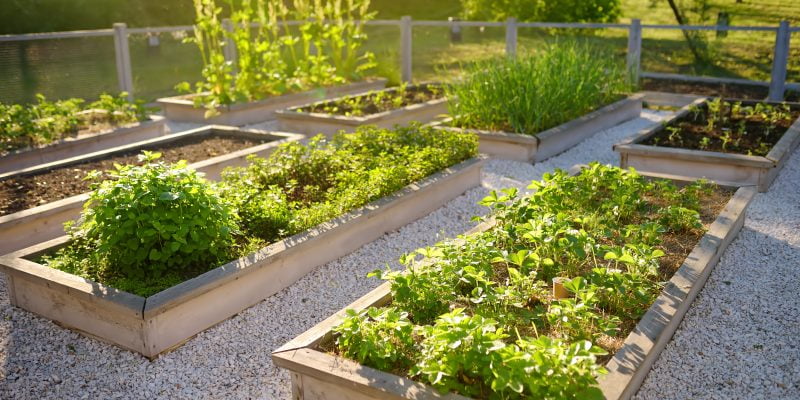

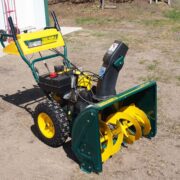

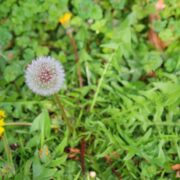
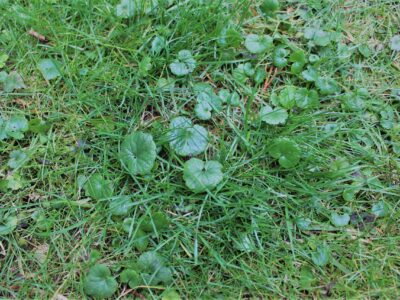
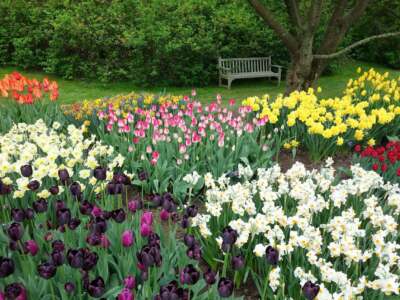
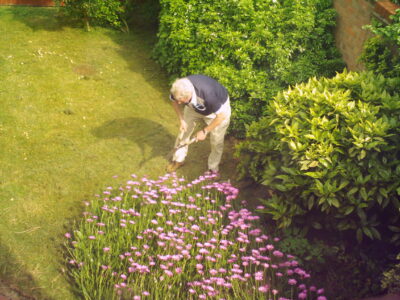
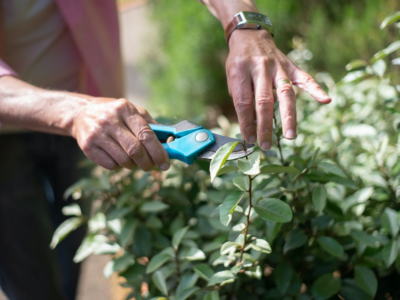



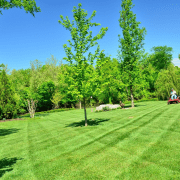
Comments